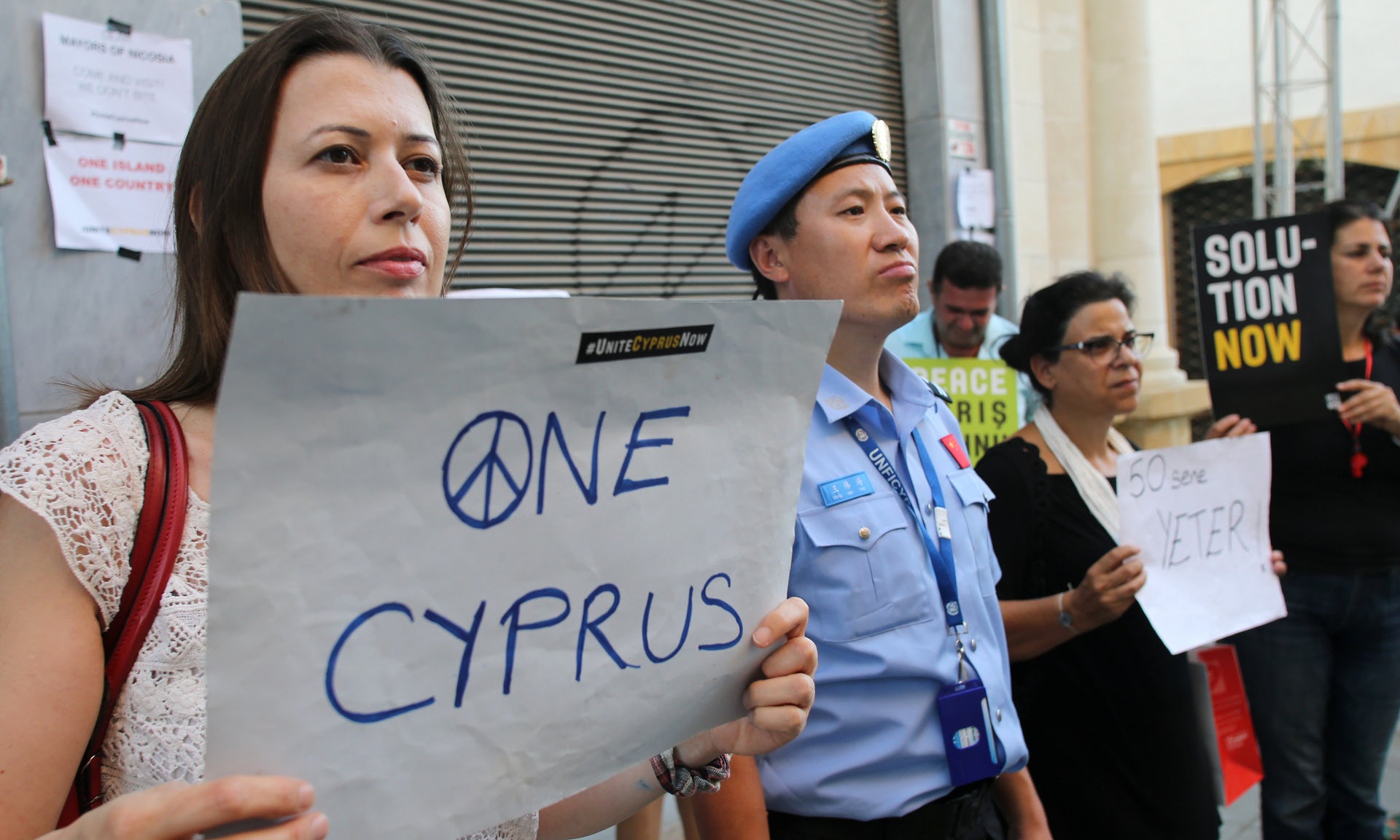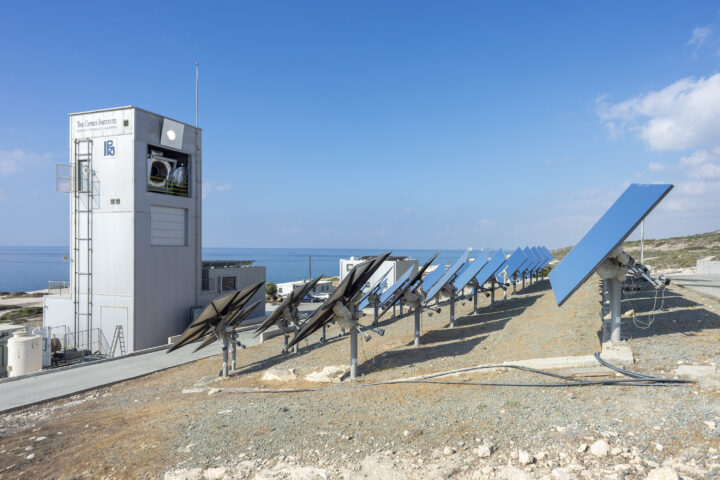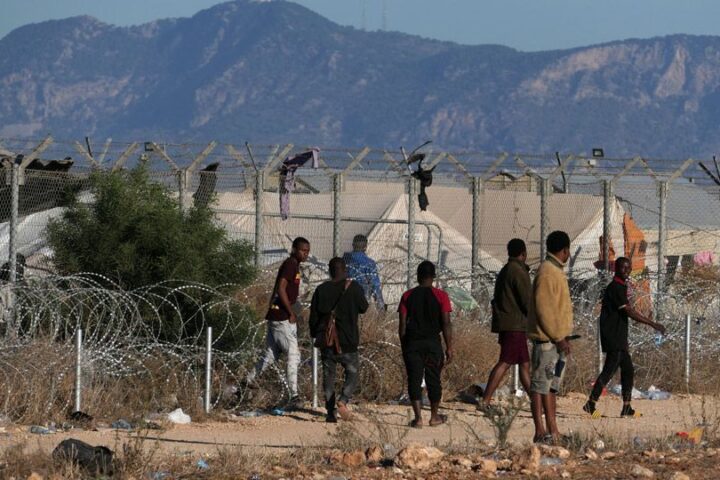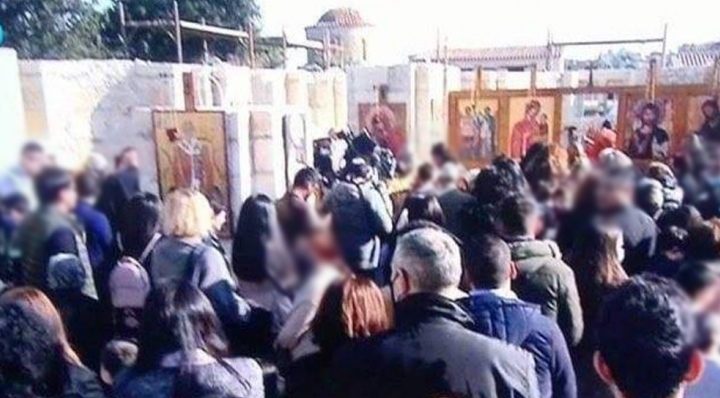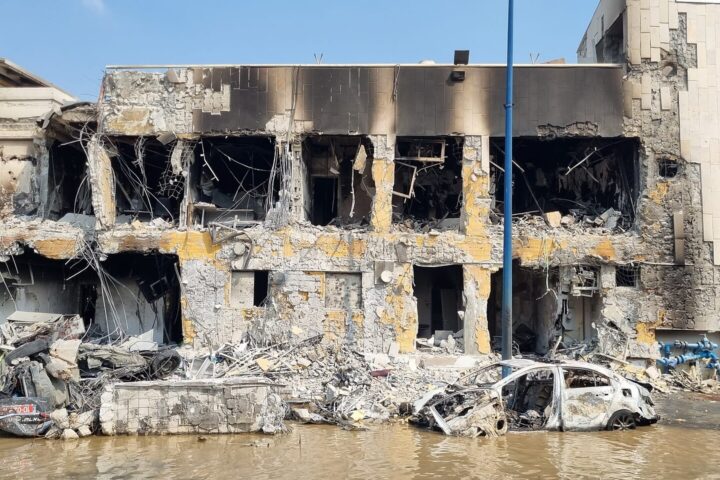The European Council will convene on December 16 to discuss the possibility of imposing sanctions on Turkey concerning Varosha and the Cyprus Exclusive Economic Zone (EEZ).
The government has asked the EU to consider this issue following Turkey’s moves in Varosha and unilateral action in the Republic’s EEZ.
Neither the substance of the Cyprus problem, the current impasse, nor the serious situation since Crans Montana is on the table.
The question is, why is the government insisting on an approach, which, leads nowhere?
Will such measures bring about a shift in Turkey’s position?
The EU and its member states are interested in permanent solutions to problems.
Who will gain anything from a confrontational situation when those directly involved do not put forward any solutions but seek to impose sanctions?
We have to think and act in a completely different manner.
Apart from restoring our credibility in Brussels, aligning our interests with the EU can break this vicious circle we are entangled in.
To achieve this goal, we must secure EU solidarity and change Turkey’s stand.
Here is how.
I propose a European Peace Plan for Cyprus which will bring everyone together with the UN and the EU on parallel lines, with terms and conditions for each step of the way towards progress as follows:
- Resume talks under the UN with cross-negotiation on UN Secretary-General Guterres’ 6 points, based on the already agreed convergences.
(a) Appoint an EU political envoy to the talks, under the auspices of the Commission President and the High Representative who will participate in the Conference on Cyprus.
(b) Ensure that the EU participates in the UN Security Mechanism in the various stages of implementation of a solution with its own forces and those of certain member states.
- Set in motion the EU-Turkey positive agenda
(a) Discussions on EU-Turkey relations today include a request to renew the EU-Turkey Customs Union, waive the visa for Turkish citizens, migration and the future of Turkey’s accession prospects.
(b) The Cyprus government must express its readiness to support this positive agenda, in conjunction with the substance of the Cyprus problem (the Guterres Framework).
Reviving EU-Turkey relations would provide opportunities that we can exploit.
- The EU supports a bizonal bicommunal federation with political equality and rejects any two-state solution. During the Cyprus negotiations and up to the Crans Montana talks, the EU had submitted an important political document that is still relevant:
(a) The European Commission to participate with a representative in the UN working groups on the solution’s compatibility with the acquis communautaire and to provide know-how.
(b) The EU participates at the highest political level in the Conference on Cyprus.
- Cypriots should put our future into our hands
Under the EU umbrella, we should plan and implement projects for peace, reconciliation and development:
(a) The EU has initiated important activities for the entire island which can be put to good use, including the following:
(i) The Green Line Regulation and the Aid Regulation for the Turkish Cypriot Community.
(ii) Funding for the CMP (Committee on Missing Persons) and the Technical Committee on Cultural Heritage.
(iii) Developing the European educational programme “Imagine” to promote a culture of peace.
(iv) Supplying vaccinations from the EU to the Turkish Cypriot Community.
(b) Many other initiatives are also underway, seeking EU support, such as:
(i) A bicommunal hospital in the buffer zone for the post-covid era;
(ii) “Truth Commission” in line with the one Nelson Mandela set up, coupled with the knowledge and experience of Northern Ireland and Colombia.
(c) Cyprus has to enhance EU initiatives relating to a political settlement and economic growth.
I propose the following:
(i) Planning and funding large infrastructure and reconstruction projects with EU aid.
(ii) Priority given to projects for the reconstruction of areas to be returned to the Greek Cypriot Community and resettlement and restructuring of the economy in the Turkish Cypriot Community.
(iii) Planning and funding of programmes to support the process of reconciliation.
(iv) Planning and funding of projects to address common challenges of the 21st century: sustainable development, climate change, digital transformation, education and youth employment.
The most concerted response to today’s impasse is to align Cyprus with the EU to help implement a European Peace Plan.
This is feasible because it supports the UN effort and serves European interests for peace, stability, and cooperation in the Eastern Mediterranean.
By Achilleas Demetriades https://achilleas.eu

